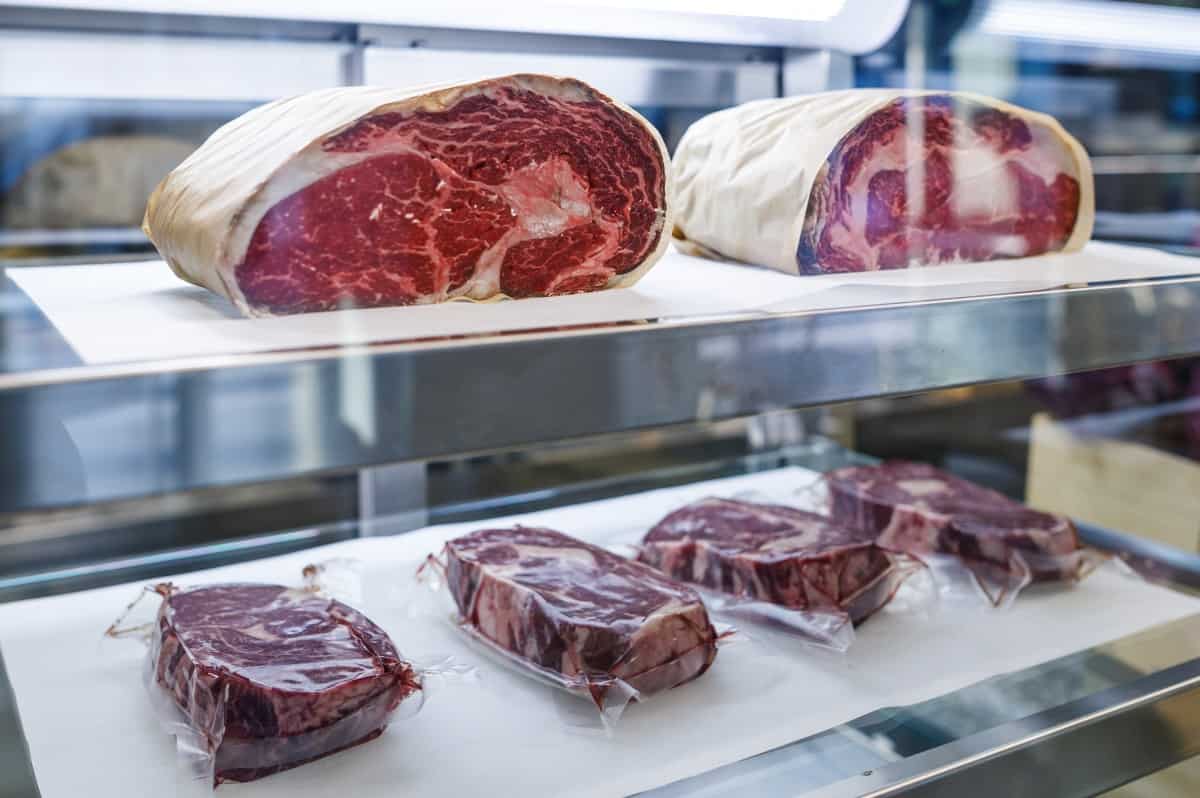

Articles
How To Store Steak In Fridge
Modified: February 23, 2024
Learn the best way to store steak in the fridge and keep it fresh for longer. Read our informative articles on proper steak storage and maintain its quality.
(Many of the links in this article redirect to a specific reviewed product. Your purchase of these products through affiliate links helps to generate commission for Storables.com, at no extra cost. Learn more)
Introduction
Welcome to the world of steak enthusiasts! Whether you’re a seasoned chef or a home cook, it’s crucial to know how to properly store your steaks to maintain their taste, texture, and quality. The way you store your steak can make a significant difference in its flavor and tenderness when it’s finally time to cook.
Proper storage not only helps preserve the natural flavors of the meat but also ensures food safety by preventing the growth of harmful bacteria. In this article, we will explore the importance of proper steak storage, temperature guidelines, packaging options, and tips to maintain the quality of your stored steak.
So let’s dive in and discover how to store steak in the fridge to ensure a mouthwatering culinary experience every time!
Key Takeaways:
- Proper storage of steak is crucial for maintaining its flavor, tenderness, and safety. Follow temperature guidelines, choose the right packaging, and prepare the steak properly to ensure optimal taste and quality.
- Whether storing raw or cooked steak, prioritize food safety and quality. Use transparent containers, avoid cross-contamination, and follow defrosting methods to enjoy delicious, perfectly cooked steaks every time.
Read more: How To Store Cooked Steak In Fridge
Why Proper Storage is Important
Proper storage of steak is essential for several reasons. First and foremost, it helps maintain the quality and taste of the meat. Whether you have just purchased a fresh cut from the butcher or leftovers from a previous meal, proper storage ensures that your steak stays tender, juicy, and flavorful.
Additionally, storing steak correctly is crucial for food safety. Meat is a perishable item that can harbor bacteria such as E. coli and Salmonella. Failing to store steak properly can lead to bacterial growth, increasing the risk of foodborne illnesses.
Proper storage also prevents the steak from drying out, which can happen if it is exposed to air or stored in unsuitable conditions. By keeping the meat properly chilled and protected, you preserve its moisture content and prevent it from becoming tough or rubbery.
Furthermore, proper storage can help you reduce food waste. By storing your steak correctly, you can extend its shelf life and avoid having to throw it away due to spoilage. This not only saves you money but also promotes sustainability by minimizing food waste.
Overall, understanding the importance of proper storage is crucial for preserving the quality, taste, and safety of your steak. By implementing the right storage techniques, you can enjoy delicious and perfectly cooked steaks, while avoiding any potential health risks associated with mishandled meat.
Temperature and Storage Guidelines
When it comes to storing steak, maintaining the right temperature is vital to ensure its quality and safety. Here are some temperature and storage guidelines to follow:
- Refrigerator Temperature: Set your refrigerator to a temperature of 40°F (4°C) or below. This helps slow down the growth of bacteria and keeps the steak fresh for a longer time.
- Raw Steak Storage: Raw steak should be stored in the coldest part of your refrigerator, typically the back of the bottom shelf. Keep it wrapped tightly in its original packaging or transfer it to an airtight container or resealable plastic bag.
- Raw Steak Shelf Life: For optimal quality, raw steak can be stored in the refrigerator for 3-5 days. However, it is best to use it as soon as possible for the freshest taste.
- Cooked Steak Storage: If you have leftover cooked steak, let it cool down to room temperature before storing. Wrap it tightly in aluminum foil or place it in an airtight container and refrigerate within 2 hours of cooking. Cooked steak can be stored in the refrigerator for 3-4 days.
- Freezing Steak: If you want to extend the shelf life of your steak, consider freezing it. Before freezing, make sure the steak is properly wrapped to prevent freezer burn. It is recommended to use airtight freezer bags or wrap the steak tightly in plastic wrap and aluminum foil.
- Frozen Steak Storage: Frozen steak can be stored for up to 6-12 months without significant loss of quality or flavor. It is important to label the package with the date to keep track of its storage time.
By following these temperature and storage guidelines, you can ensure that your steaks stay fresh, safe to eat, and maintain their delicious taste and texture.
Choosing the Right Packaging
Choosing the right packaging is crucial for preserving the quality of your steak during storage. Here are a few options to consider:
- Original Packaging: If your steak comes in vacuum-sealed packaging from the butcher or grocery store, you can store it in its original packaging. This packaging is designed to keep the meat fresh by removing air and providing a protective barrier. However, if the packaging is damaged or leaking, it’s best to transfer the steak to a new container.
- Airtight Containers: Transferring your steak to an airtight container can provide an extra layer of protection. Opt for containers made of glass or high-quality plastic that have a secure lid. Make sure the container is clean, dry, and free from any odors that could transfer to the meat.
- Resealable Plastic Bags: Another option is to use resealable plastic bags. These bags are convenient and allow you to remove excess air before sealing, helping to prevent freezer burn and maintain the quality of the steak. Look for bags specifically designed for freezer storage, as they are thicker and more durable.
- Aluminum Foil: Aluminum foil can be used to wrap individual portion-sized steaks or to cover larger cuts. Make sure the steak is tightly wrapped in multiple layers to prevent air exposure and avoid leakage in the refrigerator.
When choosing the right packaging, remember to consider the size of your steak and the length of storage. Smaller cuts or individual portions may be better suited for resealable bags, while larger cuts might require airtight containers or aluminum foil wrapping.
Regardless of the packaging option you choose, ensure that it provides a tight seal and protects the steak from air exposure. This will help maintain the quality, freshness, and flavor of your steak during storage.
Preparing the Steak for Storage
Properly preparing your steak before storage is essential to maintain its quality and ensure food safety. Follow these steps to prepare the steak for storage:
- Inspect the Steak: Before storing the steak, carefully inspect it to ensure that it is fresh and free from any signs of spoilage. Look out for discoloration, foul odors, or slimy textures. If you notice any of these signs, it’s best to discard the steak.
- Trim Excess Fat: Trimming excess fat from the steak helps prevent it from spoiling quickly. Fat can go rancid over time, causing the taste and quality of the meat to deteriorate. Use a sharp knife to trim away any visible fat before storing the steak.
- Wrap or Package Properly: Depending on the chosen packaging method, wrap the steak tightly to minimize air exposure. For original vacuum-sealed packaging, ensure that it is intact and not leaking. If transferring the steak to a different container or resealable bag, press out any excess air before sealing.
- Label and Date: It’s important to label the packaging with the type of steak and the date of storage. This helps you keep track of how long the steak has been stored and ensures that you use the oldest steak first.
By following these preparation steps, you ensure that your steak is in optimal condition for storage. Properly trimmed and securely packaged steaks have a higher chance of retaining their quality and flavor until you’re ready to cook them.
Store steak in the fridge by placing it in an airtight container or resealable bag to prevent cross-contamination. Use it within 3-5 days for best quality.
Read more: How To Store Steak
Storing Cooked Steak
If you have leftover cooked steak, it’s important to store it properly to maintain its taste and texture. Here are some tips for storing cooked steak:
- Cool the Steak: Allow the cooked steak to cool down to room temperature before storing it. Placing hot steak directly in the refrigerator can increase the internal temperature of the fridge, potentially compromising the quality and safety of other perishable foods.
- Wrap Tightly: Wrap the cooked steak tightly in aluminum foil or place it in an airtight container to prevent air exposure. This helps retain moisture and prevents the steak from drying out.
- Refrigerator Storage: Place the wrapped or containerized steak in the refrigerator within two hours of cooking. Cooked steak can typically be stored in the refrigerator for 3-4 days.
- Separate Juices: If your cooked steak has released juices, make sure to separate them from the steak. Excess juices can cause the steak to become soggy and affect its taste and texture.
By following these steps, you can enjoy leftover cooked steak that tastes just as delicious as when it was freshly cooked. Properly storing cooked steak not only preserves its flavor but also helps prevent the growth of harmful bacteria.
When it’s time to reheat your stored cooked steak, ensure that it is heated to an internal temperature of at least 165°F (74°C) to ensure food safety. Use methods such as simmering, grilling, or reheating in an oven for the best results.
Remember, if the cooked steak develops an off smell, strange texture, or shows signs of spoilage, it’s best to discard it to avoid any potential foodborne illnesses.
Tips for Maintaining the Quality of Stored Steak
To ensure that your stored steak remains flavorful, tender, and safe to eat, here are some tips for maintaining its quality:
- Keep it Cold: Proper refrigeration is crucial for maintaining the quality of stored steak. Ensure that your refrigerator is set to a temperature of 40°F (4°C) or below. This helps prevent bacterial growth and keeps the steak fresh for longer. Avoid storing steak on the fridge door, as the temperature fluctuates more frequently there.
- Avoid Cross-Contamination: To prevent cross-contamination, store raw and cooked steaks separately. Raw steak can contain bacteria that, if transferred to cooked steak, can cause illness. Use separate containers or wrap the steaks individually to prevent any potential contamination.
- Don’t Store for Too Long: While refrigeration can help extend the shelf life of steak, it’s best to use it within a few days for optimal taste and quality. The longer steak is stored, the more it can lose its flavor and tenderness.
- Use Transparent Containers: If using containers to store steak, opt for transparent ones if possible. This allows you to easily see the contents without the need to open the container, reducing the risk of air exposure and maintaining freshness.
- Avoid Freezer Burn: If freezing steak, ensure that it is properly wrapped to prevent freezer burn. Use airtight freezer bags or wrap the steak tightly in plastic wrap and aluminum foil. Freezer burn can affect the taste and texture of the meat.
- Label and Rotate: Labeling the storage containers with the date of storage helps you keep track of how long the steak has been stored. Practice the “first in, first out” rule by using the oldest stored steak first to maintain freshness.
By following these tips, you can ensure that your stored steak remains of the highest quality. Remember that proper storage and food handling practices are essential for both taste and safety.
It’s also worth noting that these tips apply to fresh or cooked steak stored in the fridge or freezer. Always trust your senses and discard steak that shows signs of spoilage, such as a foul smell, sliminess, or unusual texture, to prioritize food safety.
How to Defrost Frozen Steak
Defrosting frozen steak properly is essential to preserve its flavor, texture, and quality. Here are some methods to safely defrost frozen steak:
- Refrigerator Method: The recommended method for defrosting frozen steak is to place it in the refrigerator. Take the frozen steak out of the freezer and transfer it to a plate or a shallow dish. Allow it to thaw slowly in the refrigerator, ensuring that it remains wrapped or sealed to prevent cross-contamination. The defrosting time will vary depending on the size and thickness of the steak, but it generally takes about 24-48 hours. Once fully thawed, cook the steak within 1-2 days.
- Cold Water Method: If you need to defrost the steak more quickly, you can use the cold water method. Keep the steak in its original packaging or place it in a leak-proof plastic bag, ensuring it is fully sealed. Submerge the steak in cold water, changing the water every 30 minutes to maintain a consistent temperature. This method typically takes 1-2 hours, depending on the thickness of the steak. Once thawed, cook the steak immediately.
- Microwave Method: The microwave can be used to defrost frozen steak, but it’s important to exercise caution to prevent partial cooking or uneven defrosting. Follow the manufacturer’s instructions for defrosting meat, using the appropriate power level or defrost setting. Rotate and flip the steak frequently to ensure even thawing. Once partially defrosted, transfer the steak to the refrigerator to complete the thawing process. Cook the steak immediately after it’s fully thawed.
Regardless of the method used, it’s important to cook the steak promptly after it is fully thawed. Avoid refreezing previously thawed steak, as it can affect the quality and taste of the meat.
Remember to always handle thawed steak with clean hands and practice proper food safety protocols to avoid any potential contamination. Thoroughly cook the steak to the desired doneness to ensure it reaches a safe internal temperature and to maximize its flavor and tenderness.
Conclusion
Properly storing steak is vital to maintain its flavor, tenderness, and safety. By following the guidelines and tips provided in this article, you can ensure that your stored steak remains of the highest quality from the moment you bring it home to the moment you cook it.
Understanding the importance of temperature control, choosing the right packaging, and preparing the steak for storage are key factors in maintaining the quality of stored steak. Whether you’re storing raw or cooked steak, it’s crucial to adhere to storage guidelines and timelines to ensure optimal taste and safety.
Additionally, taking precautions such as proper defrosting techniques, avoiding cross-contamination, and monitoring the storage time can help you enjoy delicious steak without compromising on flavor or risking foodborne illnesses.
Remember to prioritize food safety at all times. Trust your senses and discard any steak that shows signs of spoilage, as it’s better to be safe than sorry.
So, the next time you plan to store steak in your fridge or freezer, take the time to implement these best practices. Your efforts will be rewarded with juicy, flavorful, and perfectly cooked steaks that will elevate your culinary experience.
Happy cooking and enjoy your delicious steaks!
Frequently Asked Questions about How To Store Steak In Fridge
Was this page helpful?
At Storables.com, we guarantee accurate and reliable information. Our content, validated by Expert Board Contributors, is crafted following stringent Editorial Policies. We're committed to providing you with well-researched, expert-backed insights for all your informational needs.
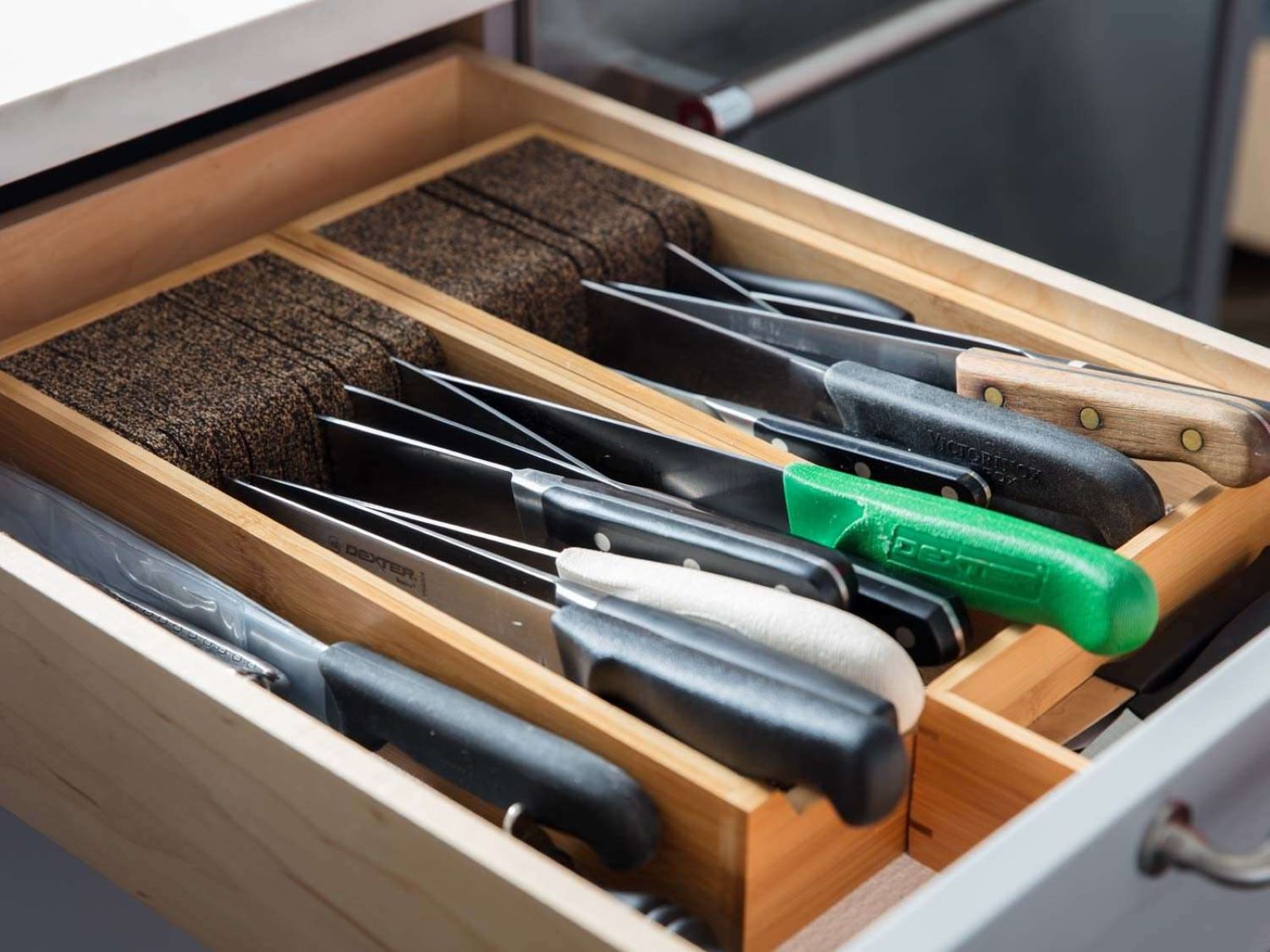

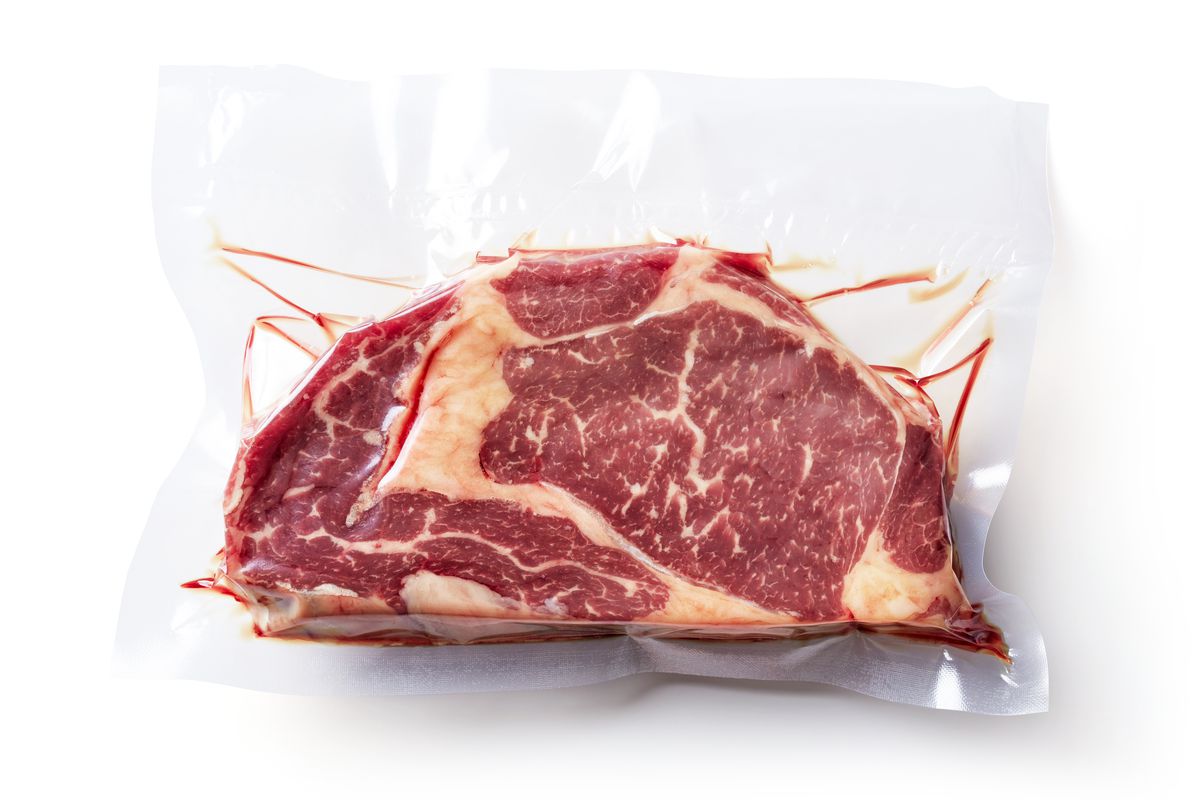
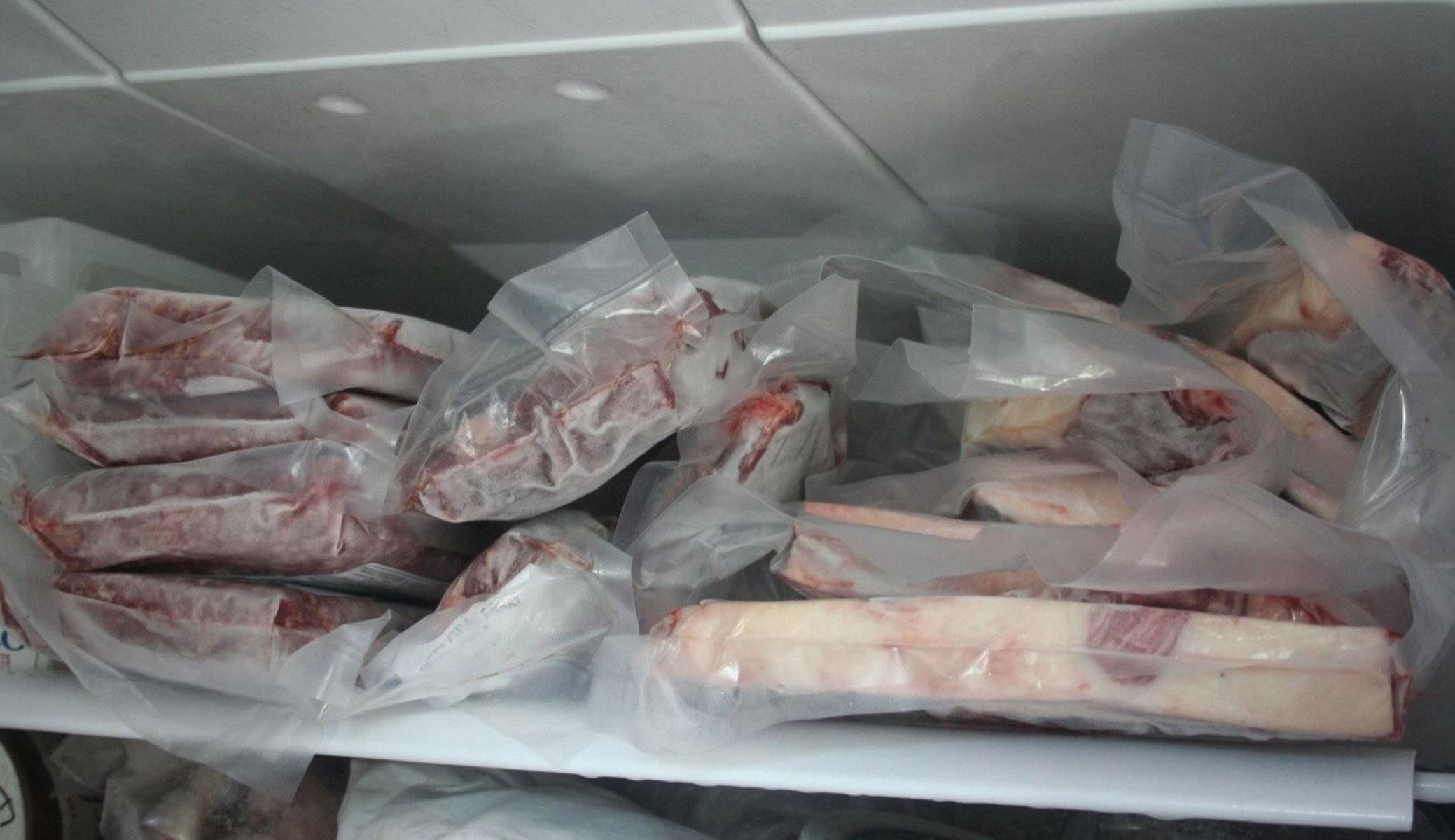
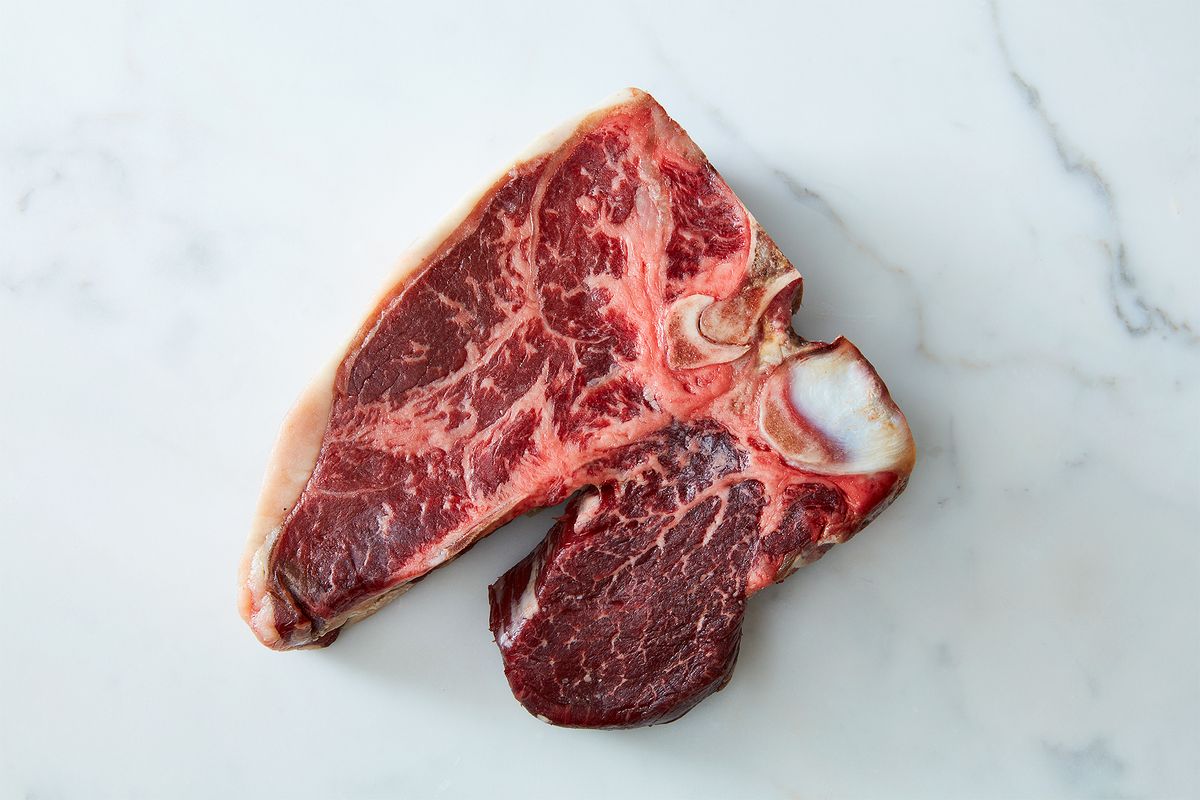
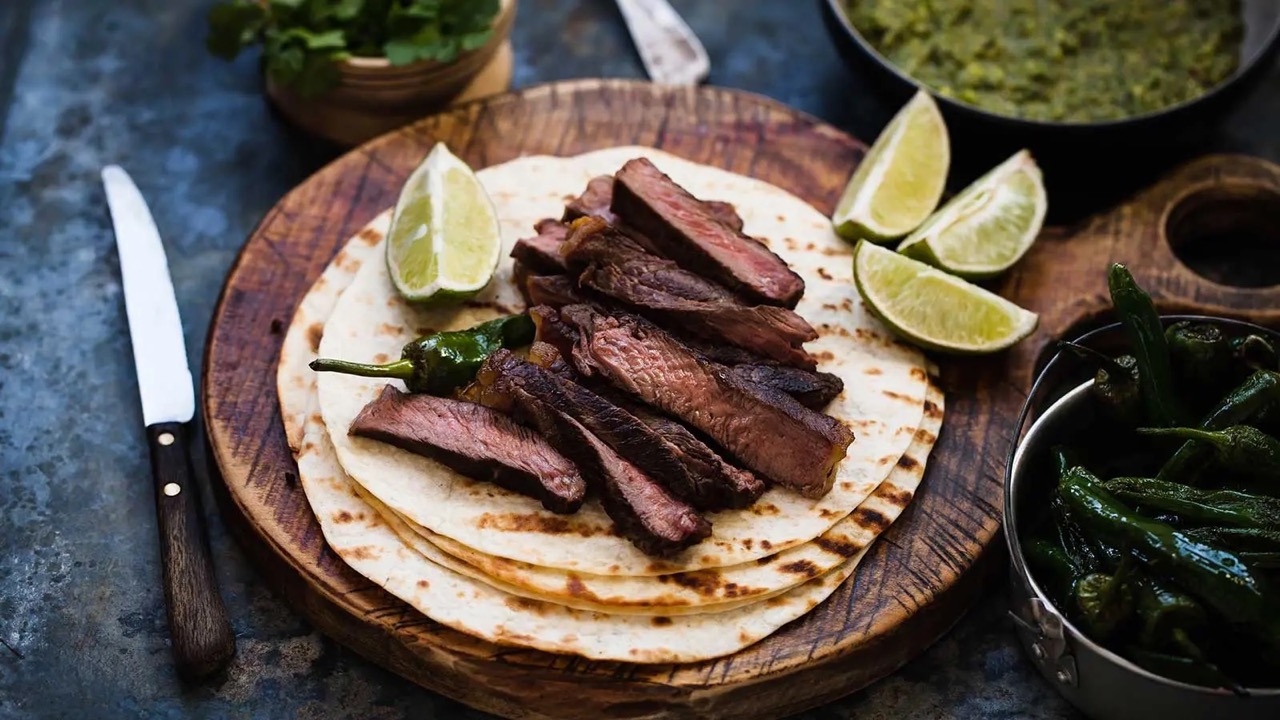

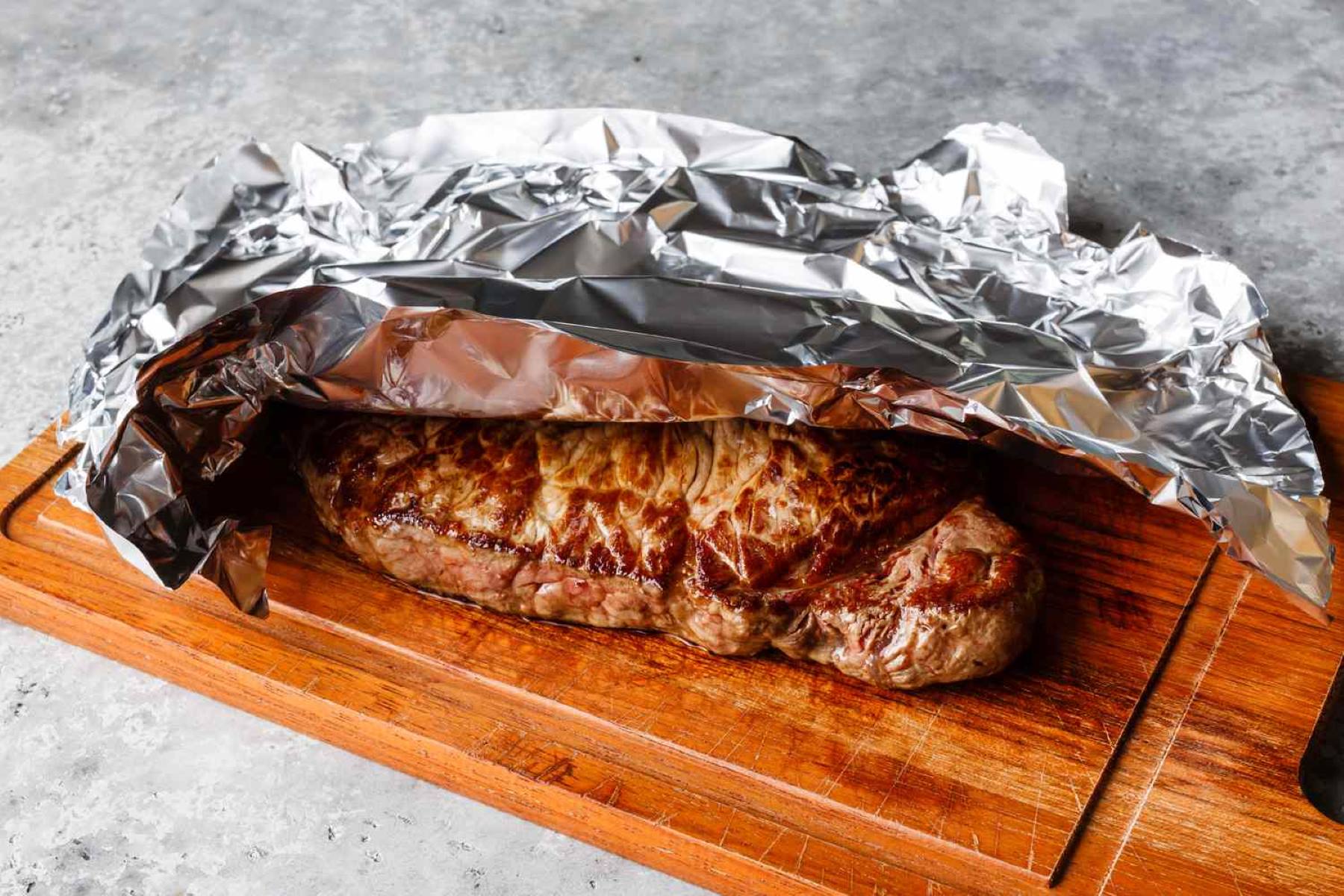
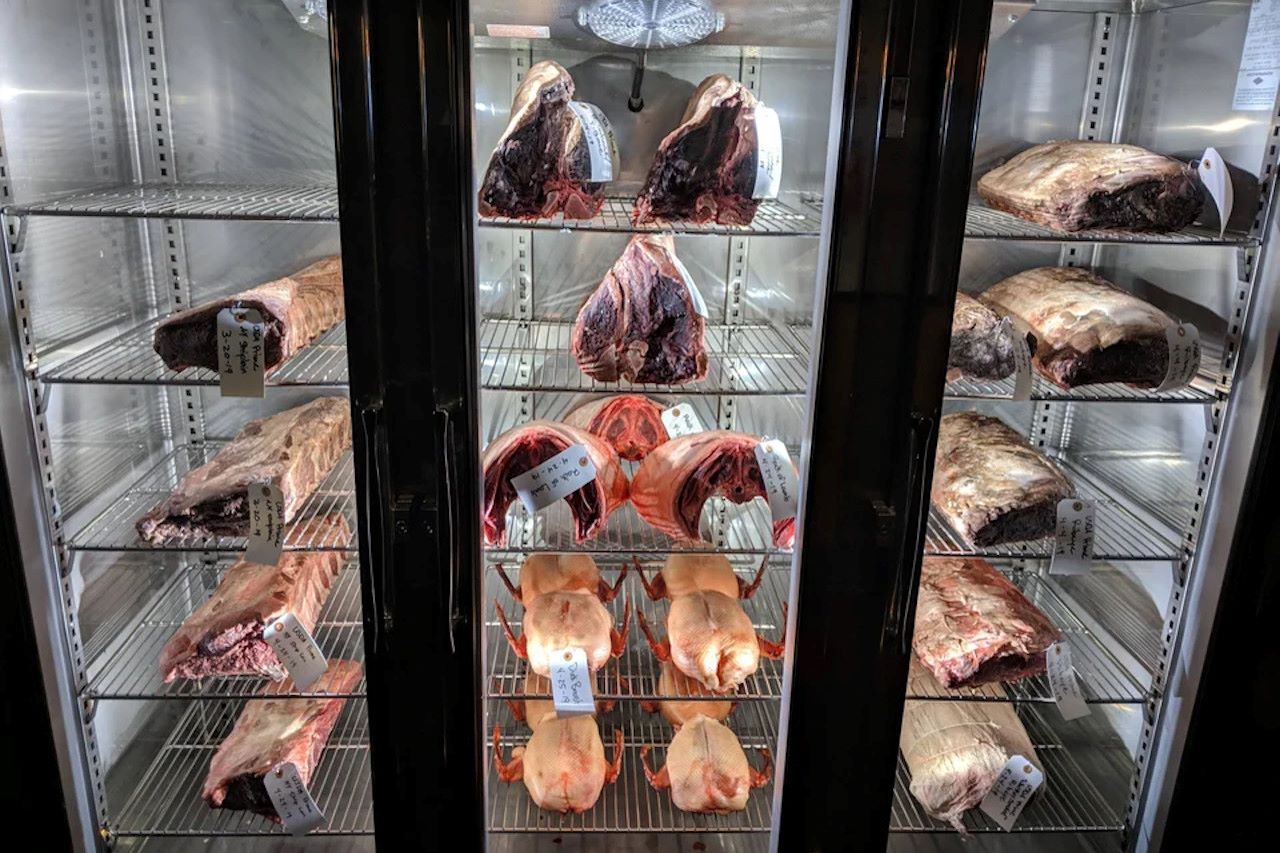



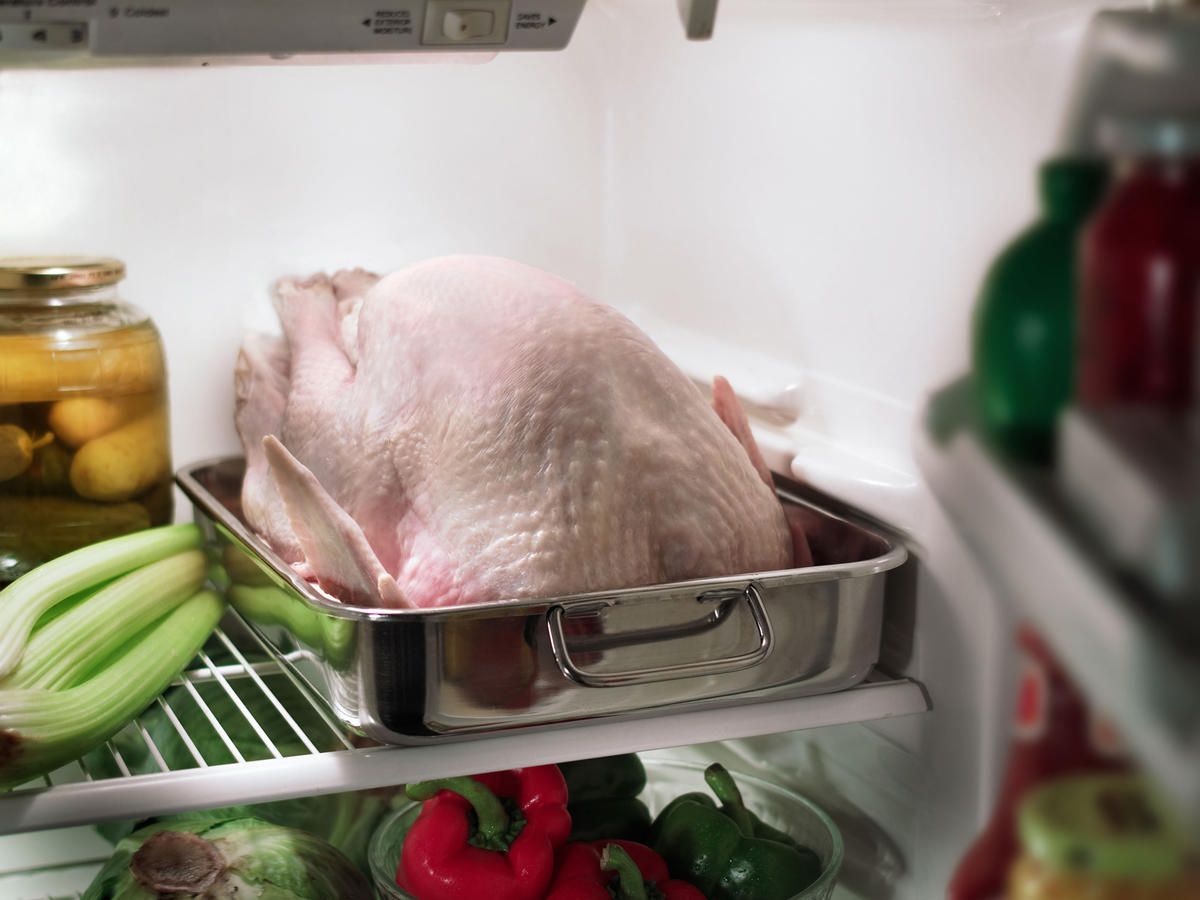
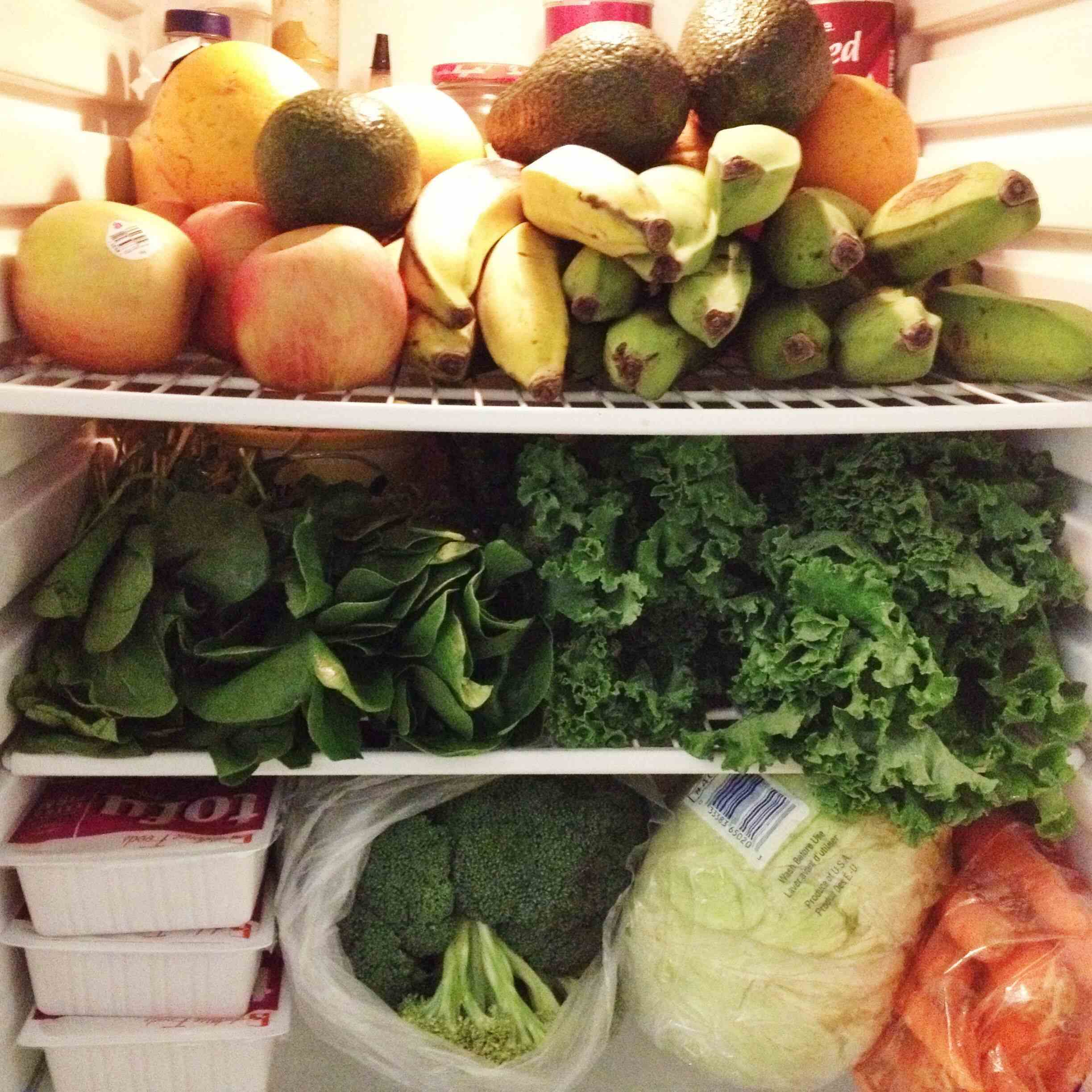

0 thoughts on “How To Store Steak In Fridge”